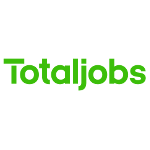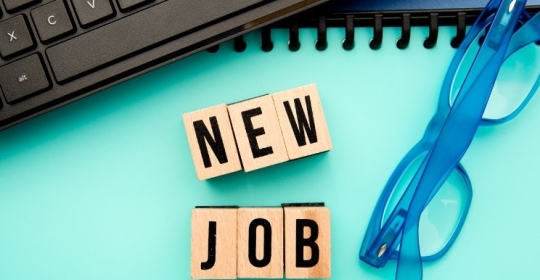Pokémon Go has swept across the country into homes, parks, gardens … even offices. It’s remarkable to see a game that started life as a children’s craze in the 90s make such a resurgence with just about everyone in 2016. We know anecdotally and through social media that plenty of work places have been impacted by Pokémon Go, be that through employees’ realisation that they can catch Pokémon from their desks, or that there is a ‘PokéGym’ just around the corner. For many it makes for the perfect midmorning break; an opportunity to switch off from the task at hand. But is Pokémon Go a distraction from work itself?
Workplace interruptions, such as mobile or social media usage, can be a big problem for productivity. Absenteeism is a well-documented issue, but disruptions in the workplace can have just as big an impact, particularly as other employees can be influenced by easily preoccupied colleagues.
Pokémon Go has raised plenty of interesting questions about how to stop employees from distractions at work. Indeed, the lessons learned and the strategies applied could be equally applicable to other workplace disruptions.
From an employer’s point of view, it’s important to take a balanced approach: go too hard-line and crack down on a bit of workplace fun and you’ll breed resentment, weave it into the fabric of the working day and you’ll soon find hours being lost to employees catching Pokémon by the vending machines.
Injecting an element of fun to the workplace can be a help to productivity, not a hindrance. In the case of Pokémon Go, you could do this by having a league table up on the wall with the numbers of Pokémon employees have caught (outside of work) or have mock ‘No Pokémon’ signs up. Remember: it’s unlikely the craze will be out of control in your office, so there’s no need to treat everyone as though they are neglecting their work in favour of catching a Pikachu. And the word “craze” is key here – usage amongst casual gamers is already starting to decline following an initial peak amongst those who were simply curious to see what all the fuss was about.
There are many examples of potential distractions at work: social media, live sport on the internet, workplace fantasy football teams, and weekend plans to name just a few. Indeed, our recent Totaljobs Employment Index even found that 41% of employees say watching sport during work hours increases loyalty to their company. There is clearly a place for certain activities. So, if you handle these disruptions with understanding, a sense of fun and an inclusive approach you could increase the loyalty of your employees and even help your employer brand.







